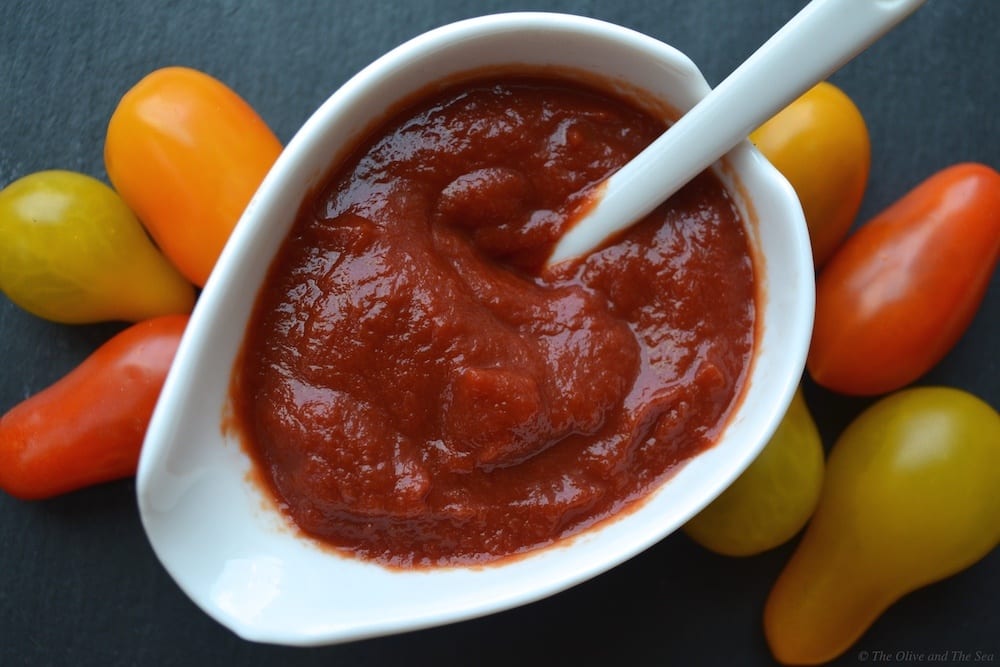Pantry Essentials – Tomato Paste

Tomato paste is frequently used in Greek cooking. While I am partial to all things homemade, every tomato paste recipe I have come across calls for 6 hours or more to make. As a result, store bought paste has become a staple in my pantry. If like me, making your own is more of an aspiration than a reality, take a read through these tips and things to consider when purchasing and storing your tomato paste.
Storing Extra Tomato Paste
How do you prevent unused past from going bad? Given that most tomato pastes are sold in cans, which cannot be resealed once opened, and that the amount in the can usually exceeds the amount needed for a recipe, all too frequently, we end up throwing out unused paste that has gone bad. But did you know you can freeze the remaining paste? I didn’t! Thankfully, theKitchn.com provides a helpful overview on how to freeze your leftover tomato paste.
Cans and BPAs
Did you know that most cans are lined with plastic that contains BPA? With so many products on the market labeled as “BPA Free”, I’m assuming most are vaguely familiar with the existence of Bisphenol-A, better known as “BPA”. BPA is a chemical employed to make certain plastics used for consumer products, including the plastic linings found in canned goods. Because BPA is also a synthetic version of estrogen, there is concern that BPA ingested from canned foods, can negatively affect our bodies when consumed over a period of time.
Before you go throw out all of your canned tomato paste, keep in mind that in today’s world of plastic containers and packaging it is nearly impossible to avoid some level of BPA exposure. If you only cook with tomato paste on occasion, it may not be adding much to the BPA exposure you are already getting from other sources. In my case, I cook with tomato paste several times a week.
After reading the Mayo Clinic’s recommended steps to reduce BPA exposure, I set out to find a tomato paste sold in glass containers. To my knowledge, Bionaturea is the only company that sells their paste in glass packaging. Aside from the fact that this brand is on the pricier side, it’s also not as easy to come by as your average tomato paste. The producer’s website has a “where to purchase” search function, where you can look up stores based on your zip code. Another option is to purchase the paste online from web retailers such as amazon.com and walmart.com.
Thankfully, there are increasing options for non-BPA packaging:
I recently discovered that certain companies have developed “BPA Free” cans. While I intend to stick with my glass jar paste for the time being, it is great to know that there are other options. The site BPA Free Canned Food Brands provides a detailed list of canned good manufacturers that have switched over to BPA free cans.
The Bottom Line…
Whether you make your own tomato paste, buy some in a glass jar, or go with the good old can, what matters most is that you always have some tomato paste on hand in your pantry, fridge, or freezer.
